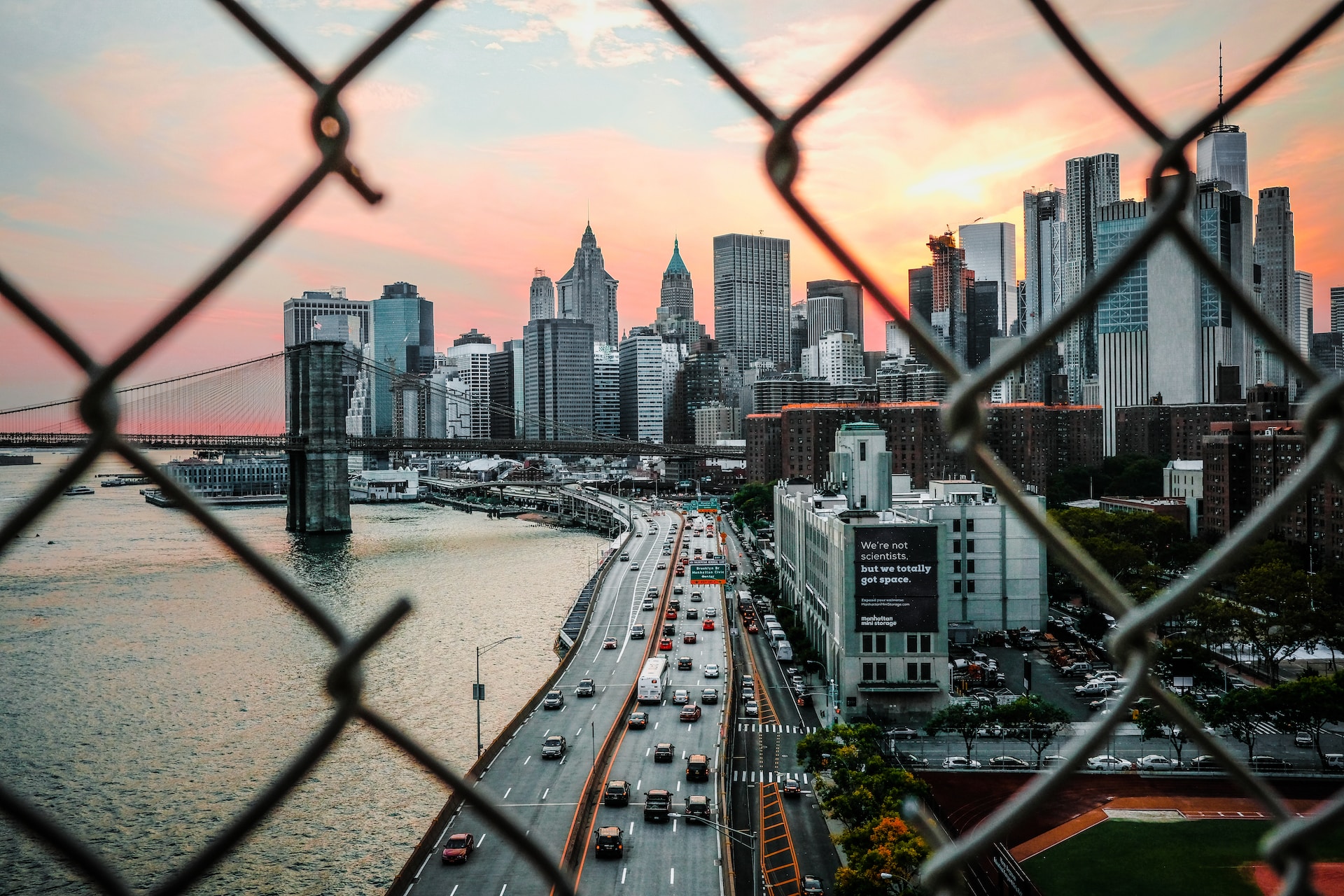Case Studies
Urban Renewal:
Transforming Cities through Sustainable Infrastructure
The rapid urbanization of the modern world poses unique challenges for cities. This case study explores the journey of “Urban Renewal,” a visionary initiative that redefined urban living by prioritizing sustainable infrastructure and environmentally friendly urban development. Through innovative urban planning, sustainable architecture, and community engagement, Urban Renewal not only revitalized cities but also laid the foundation for a more sustainable and livable future.

Introduction: A Sustainable Vision for Urban Living
In a world where urban populations continue to swell, cities face unprecedented challenges. Urban Renewal set out to reimagine urban spaces, placing sustainability at the forefront of city planning and development.
Challenges: Navigating the Urbanization Maze
Urban Renewal encountered several challenges on their path to transforming cities sustainably:
Infrastructure Overhaul: Modernizing outdated infrastructure to meet the demands of a growing urban population required significant investments and planning.
Community Engagement: Gaining the support and engagement of diverse communities in sustainable urban development initiatives was crucial.
Environmental Impact: Minimizing the environmental footprint of urban expansion was a top priority, requiring innovative approaches to construction and energy use.
Strategy And Implementation: Pioneering Sustainable Urban Development
Urban Renewal’s strategy focused on sustainable urban development through innovative approaches:
Smart Infrastructure: The initiative invested in smart infrastructure, including efficient public transportation systems, green energy sources, and sustainable waste management.
Community Collaboration: Urban Renewal actively engaged communities in the planning process, seeking their input and ensuring that development projects met their needs.
Green Building Practices: Sustainable architecture and green building practices were incorporated into urban design, promoting energy efficiency and environmental responsibility.

Results And Impact: A Sustainable Urban Legacy
The implementation of Urban Renewal’s strategy led to significant outcomes:
Modernized Cities: Cities underwent a remarkable transformation, with upgraded infrastructure, reduced traffic congestion, and improved public spaces.
Community Empowerment: Residents felt a stronger connection to their cities and actively participated in maintaining and improving their urban environments.
Environmental Stewardship: Urban Renewal’s efforts significantly reduced the environmental impact of urbanization, contributing to cleaner air, reduced waste, and energy conservation.
Conclusion: Paving the Way to Sustainable Urban Living
Urban Renewal’s journey serves as a testament to the transformative power of sustainable urban development. By addressing infrastructure challenges, fostering community engagement, and prioritizing environmental responsibility, they have set a precedent for a more sustainable urban future. In a world where cities continue to grow, Urban Renewal demonstrates that sustainable infrastructure and eco-conscious planning are not just aspirations but attainable goals that can improve the quality of urban living for generations to come.